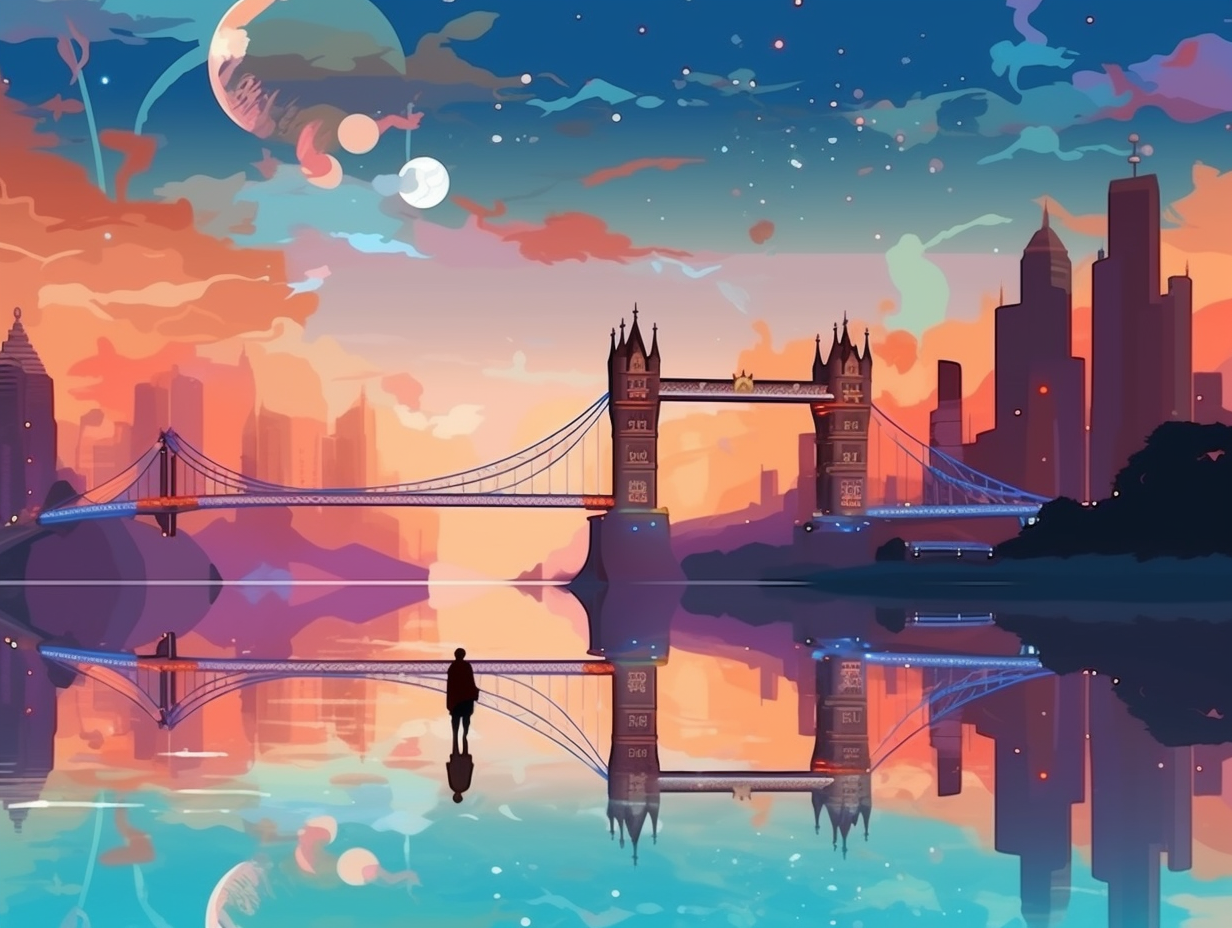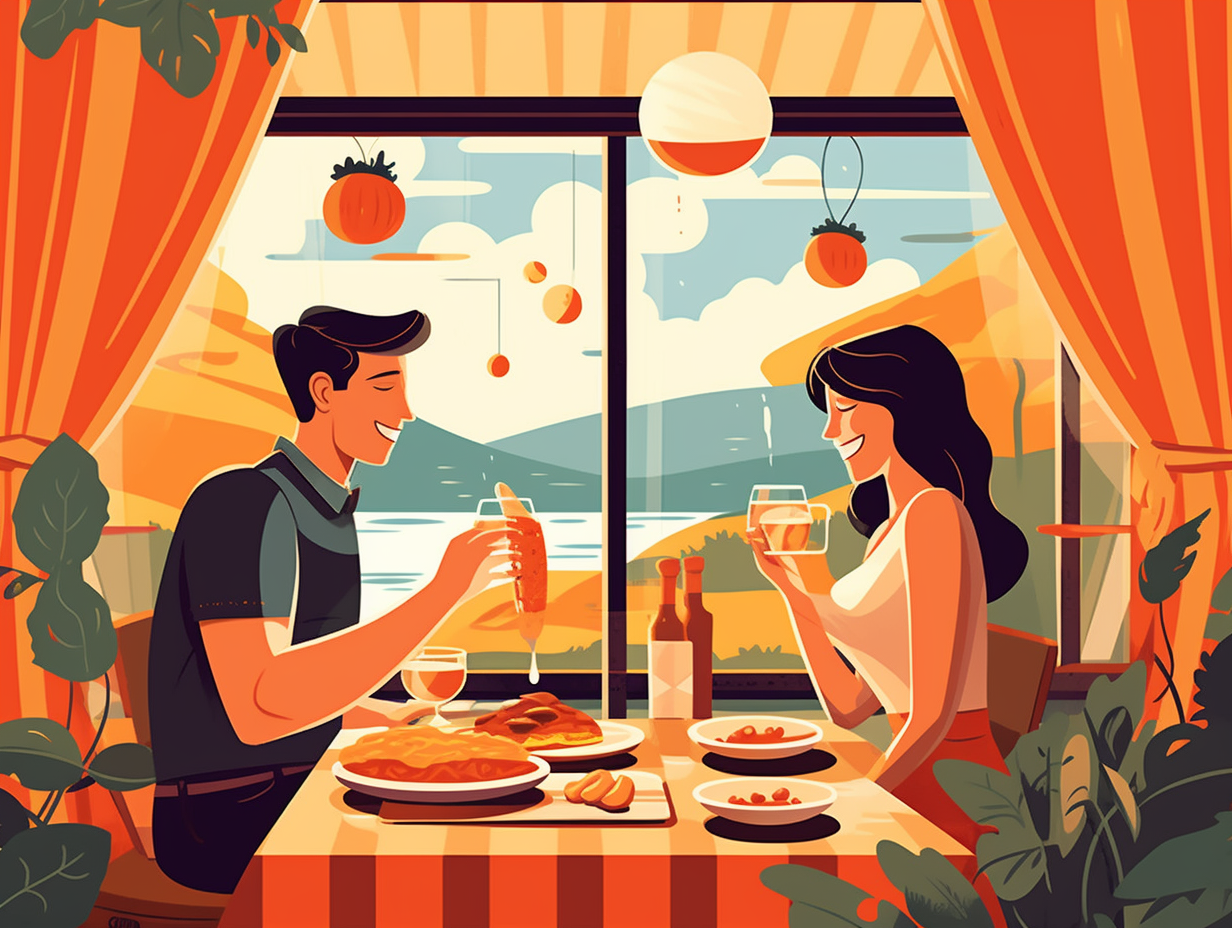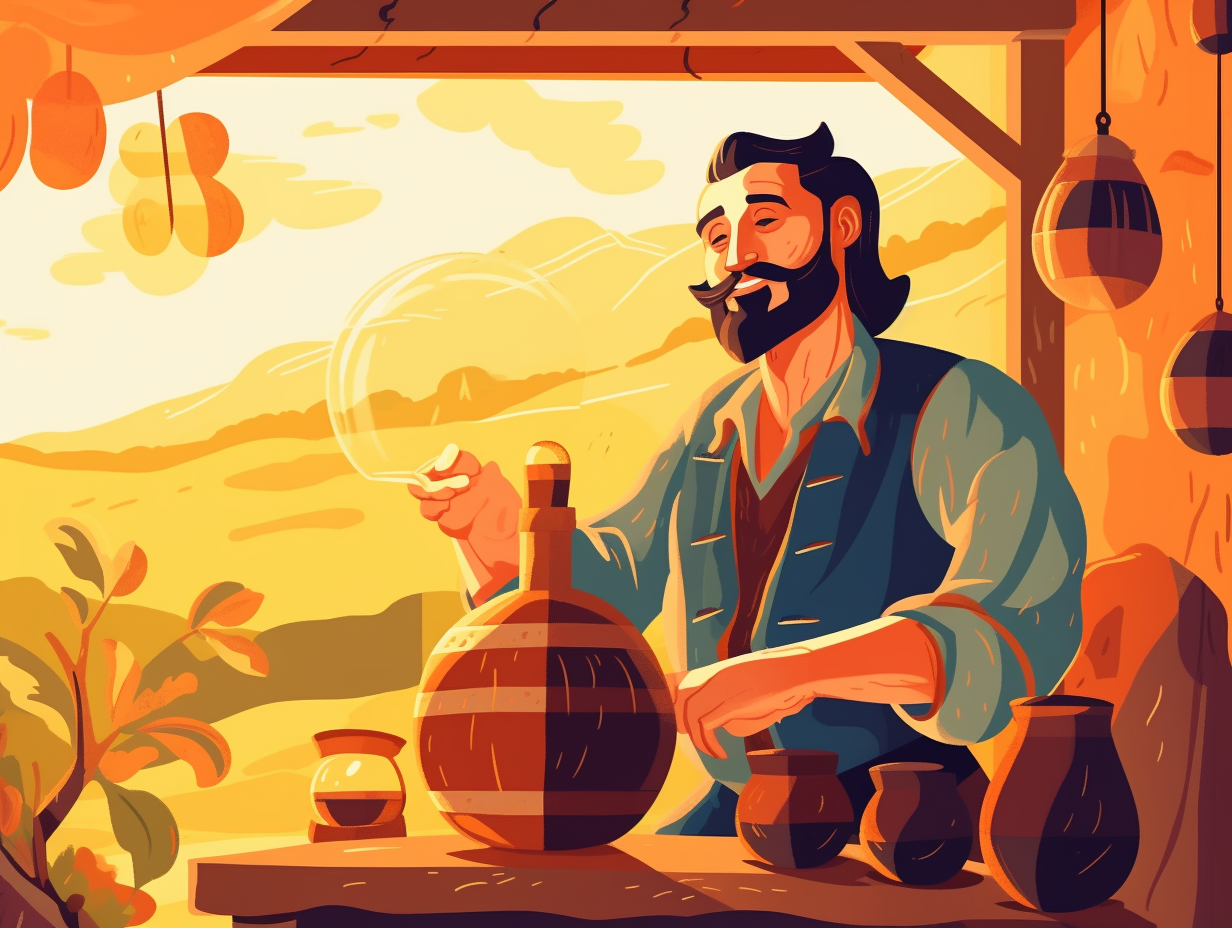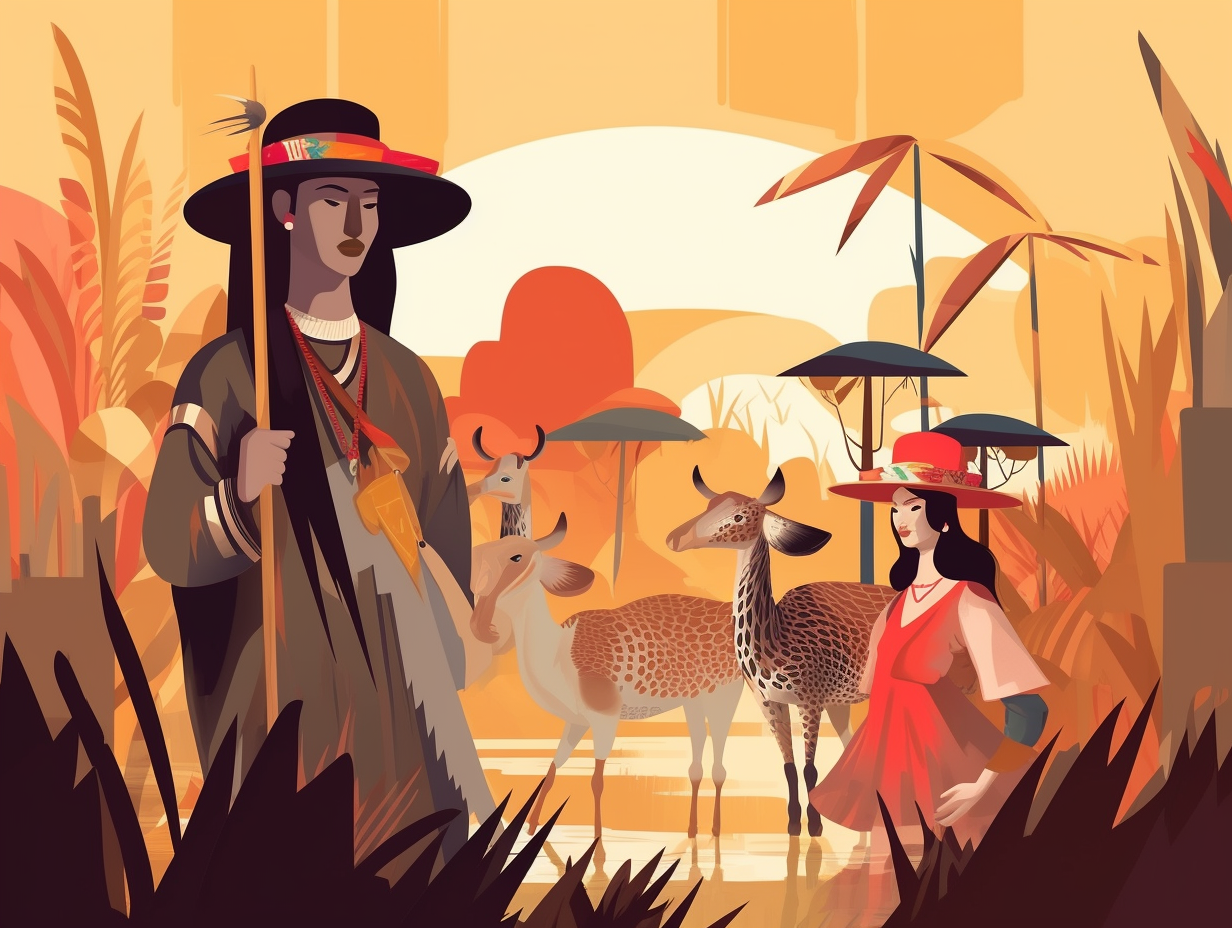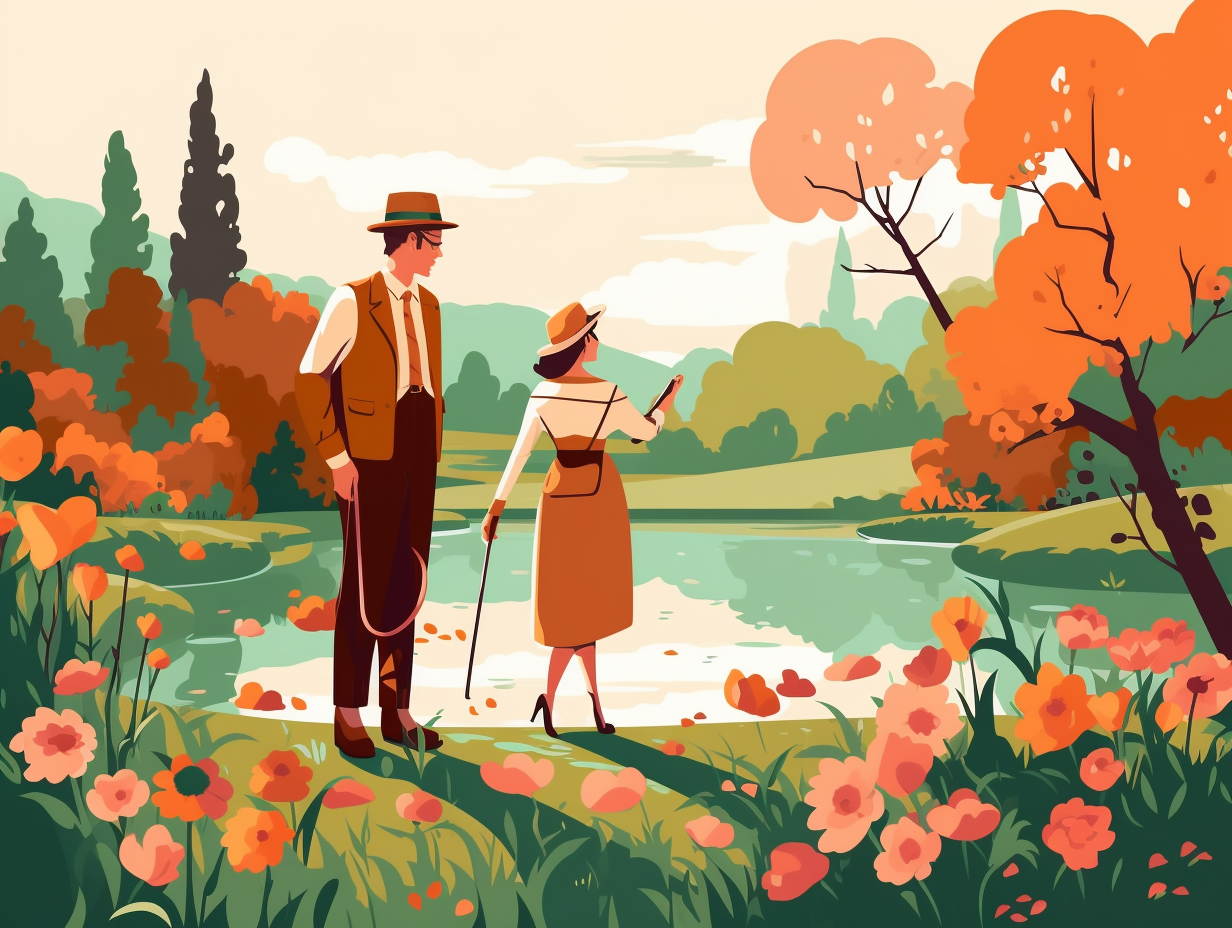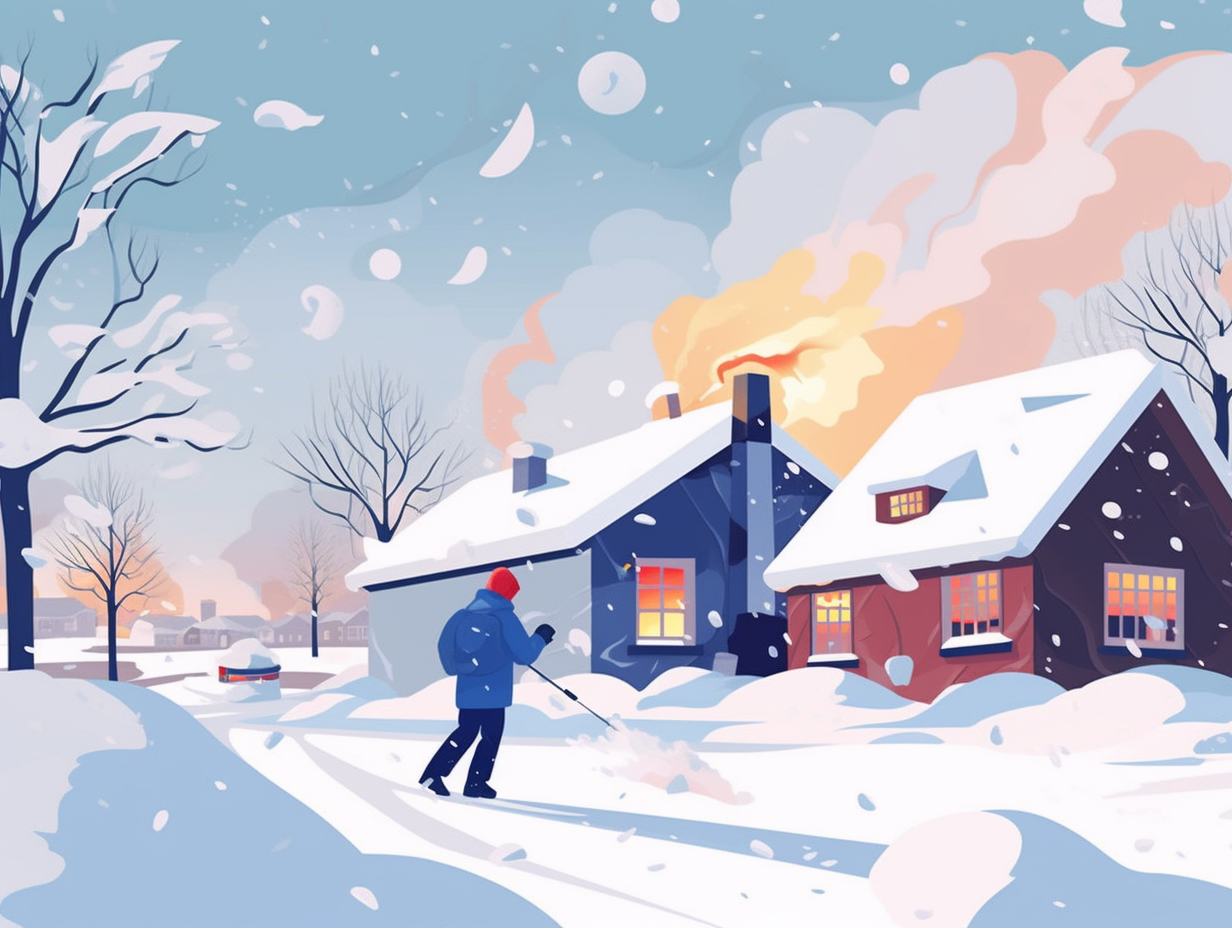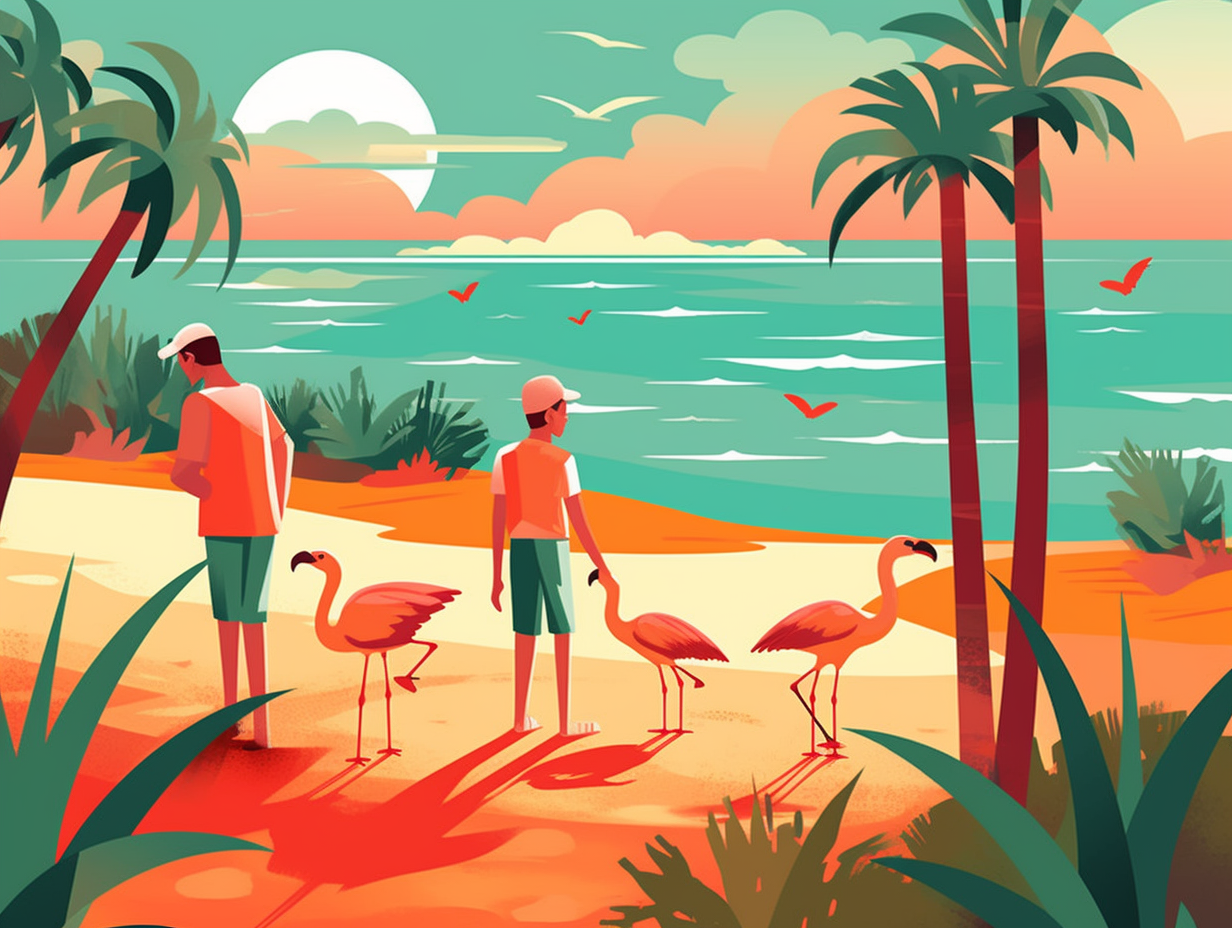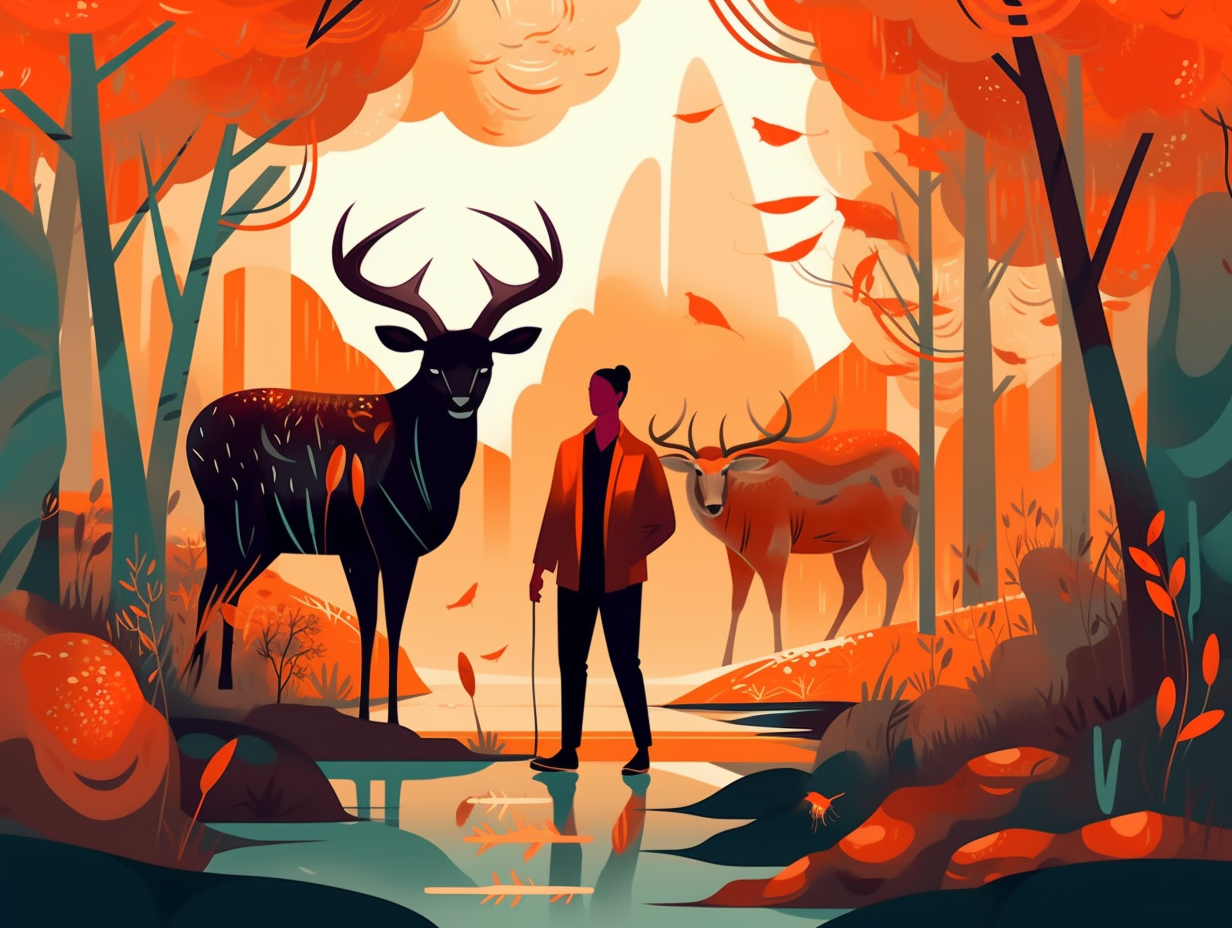Discover Tuscany: Top 9 Entertaining and Unforgettable Fun Facts You Need to Know
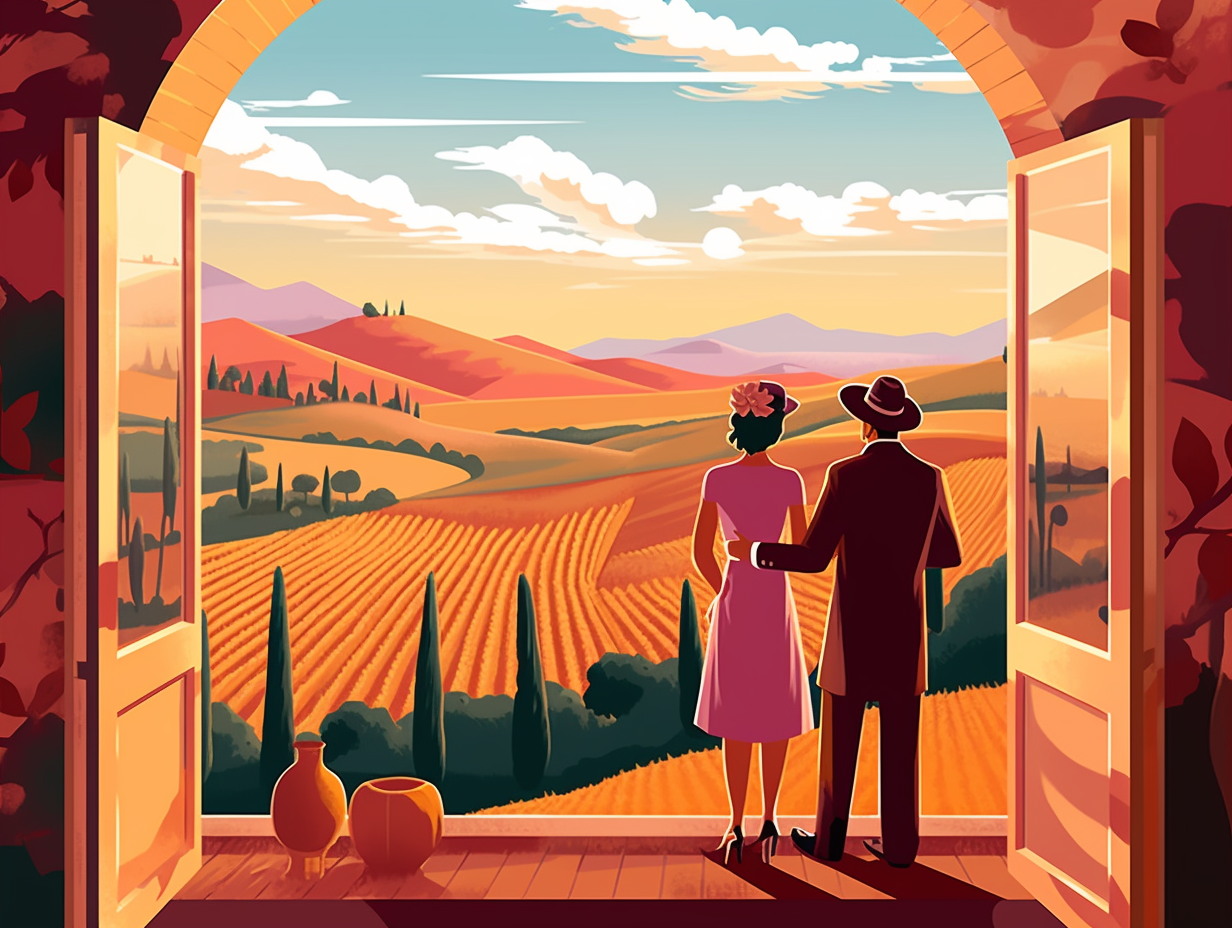
1. Medieval Skyscrapers
In a world where size matters and "mine's bigger than yours" is the unofficial town motto, the citizens of San Gimignano flaunt their wealth by building the medieval equivalent of skyscrapers: The fun fact is, this small Tuscan town once boasted 72 towering houses between the 12th and 13th centuries, symbols of richness and power, with kitchens on the highest levels to avoid fire hazards. Only 13 of these architectural gems remain today – the highest being the 54-meter Torre Grossa, open to visitors for a bird's-eye view of Tuscany's beauty.
Source => travelsignposts.com
2. Pinocchio's Hometown
If a wooden puppet were to write a travel guide, it would undoubtedly feature this whimsical place as its top destination: Tuscany is the birthplace of the classic children's book "Pinocchio," with the author, Carlo Collodi, taking inspiration from the gorgeous village of Collodi that now hosts an amusement park complete with a museum, a puppet theater, and colorful sculptures illustrating scenes from the world-renowned fairytale.
Source => en.wikipedia.org
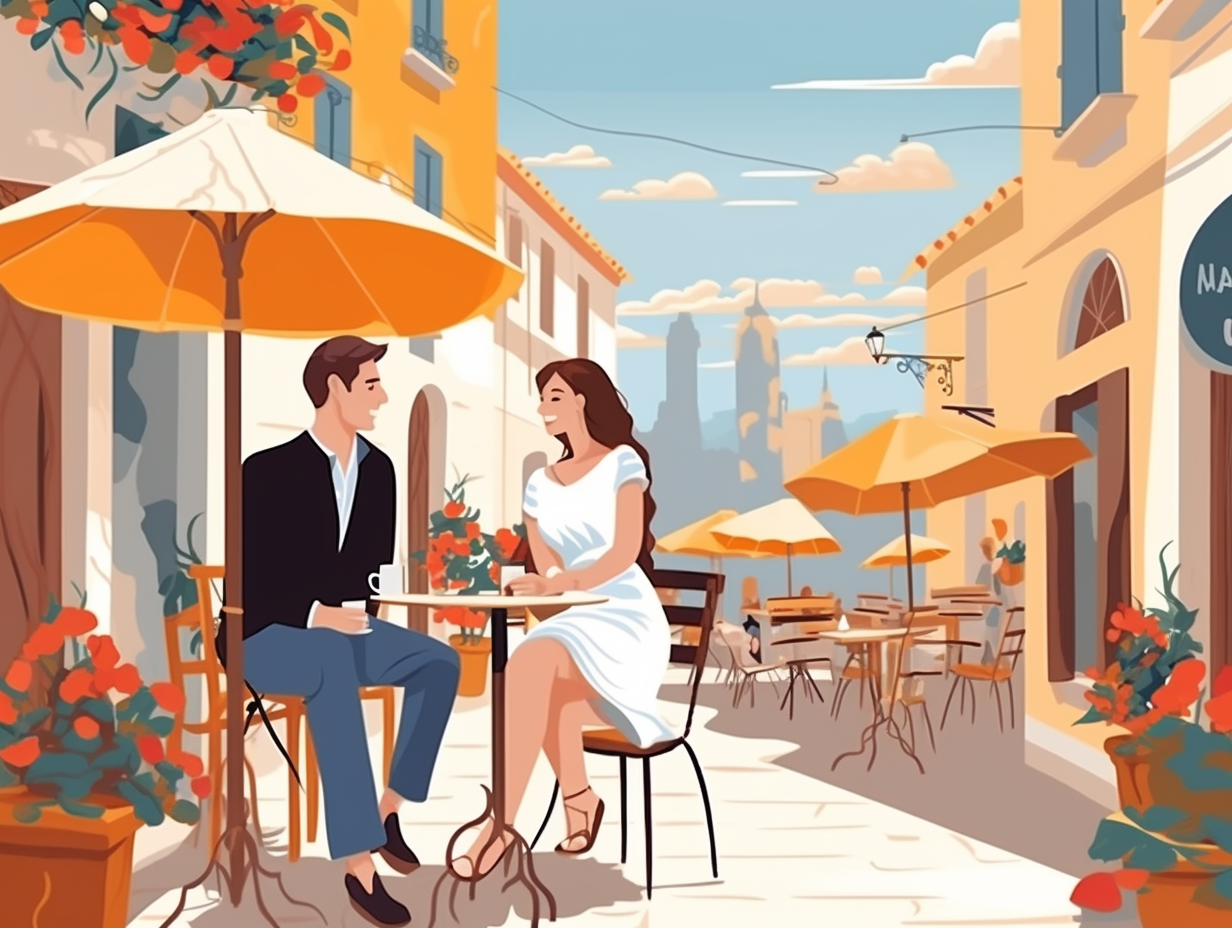
Did you know that Bologna once had over 180 medieval towers, resembling a skyscraper jungle from Middle Earth? Discover the fascinating history behind these ancient structures!
=> Fun Facts about Italy
3. Stargazing Paradise
Are you ready to become a regular Galileo with a camera, journeying to the region where the great astronomer himself once gazed up at the heavens?: Tuscany boasts remarkably low levels of light pollution, providing prime opportunities for stargazing and capturing breathtaking Milky Way shots – our fact-finding protagonist even discovered an agroturismo in Collelungo that offered idyllic conditions for celestial photography.
Source => diyphotography.net
4. Saltless Bread Wonders
In the land of salt-snubbing bread bakers, Tuscan loaves remain stoically bland, as if convinced of their villain-repelling abilities: Famous for its intentional lack of salt, Tuscan bread is a centuries-old staple in the region's cuisine that pairs harmoniously with traditional dishes like ribollita, pappa al pomodoro, and panzanella, as well as salty cured meats and aged cheeses, all without overwhelming the taste buds with saline.
Source => devourtours.com
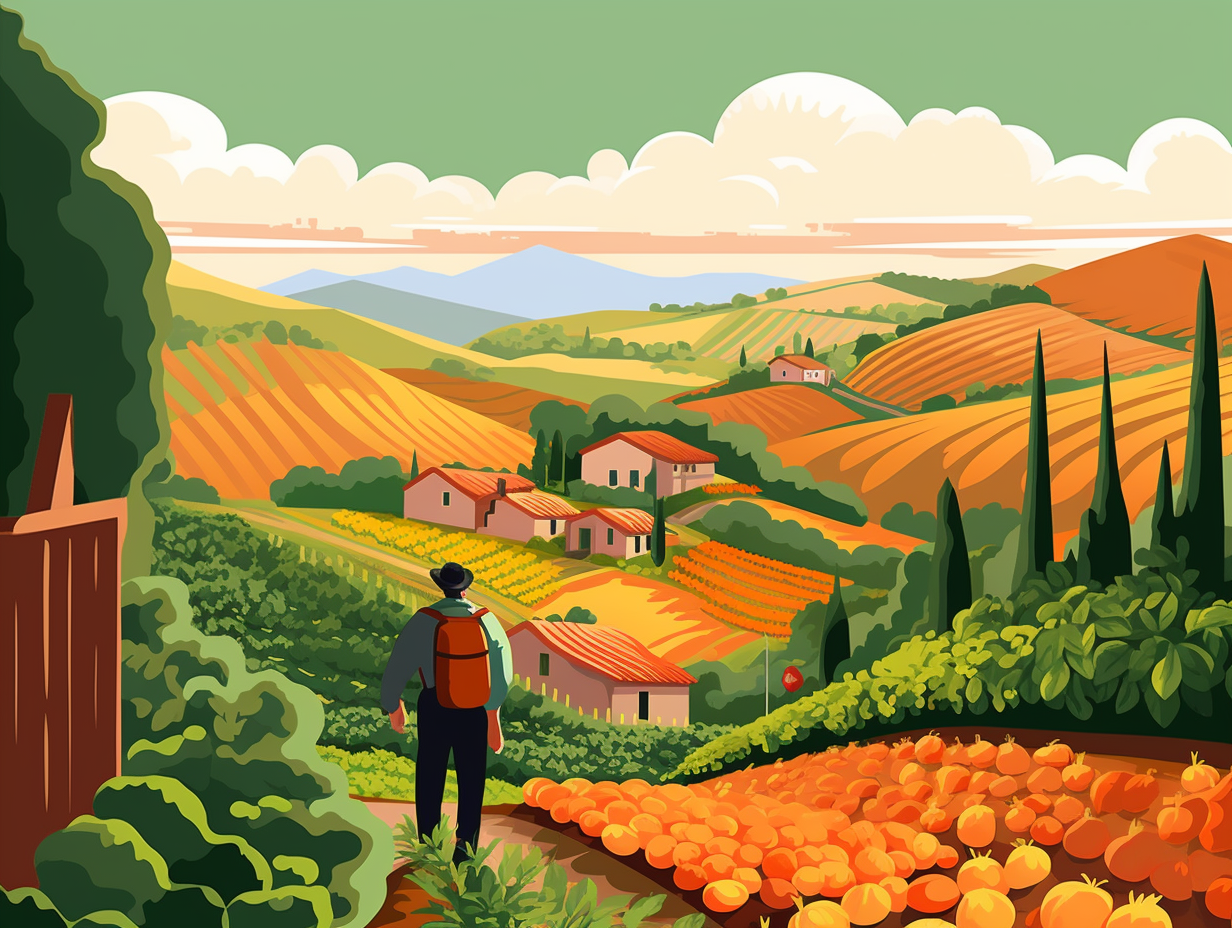
5. Renaissance Riches
Whoever said money can't buy happiness clearly hadn't dropped bundles of florins on art in 15th-century Tuscany: it turns out the region's deep-pockets led to it becoming a crucial epicenter of the Italian Renaissance, a cultural explosion of art, science, and humanism that would forever change the world.
Source => experi.com
6. Romeo, Juliet, and the Pope
Before they were star-crossed lovers, Romeo and Juliet crossed paths in a small Tuscan town, where even the Pope needed a little Renaissance-style makeover: Pienza, south of Siena province, was the birthplace of Pope Pius II and the city he redesigned into a Renaissance gem, earning it a spot on UNESCO's World Heritage list since 1996. It also served as the backdrop for the famous pair's first encounter in Zeffirelli's cinematic version.
Source => visititaly.eu
7. Italian-accented Cows
Cows in Tuscany moo with an Italian accent, and we're not just "milking" it for laughs: Tuscany is home to the distinct Chianina breed of cattle, the star ingredient in Bistecca alla Fiorentina, a richly marbled, thick-cut steak that's dry-aged for intense flavor, then drizzled with fresh olive oil and a squeeze of lemon for true Tuscan taste.
Source => thekitchn.com
8. Mother Nature's Hot Tub
Cancel that pricey Tuscan spa retreat, because Mother Nature's got a hot tub party with a dash of ancient magic happening in the hills: Cascate del Mulino is a spectacular natural hot spring in Tuscany, boasting round pools created by centuries-old waterfalls and enriching its lucky bathers with sulfur and thermal plankton, believed to offer numerous health benefits - all at the perfect temperature of 37.5°C (99.5°F) and, best of all, completely free to visit!
Source => travelandleisure.com
9. Michelangelo's Rock Star Life
Who would've thought Michelangelo was a rock star, quite literally? He sure had an eye for rocks, especially one type: Carrara Marble. The serious reveal: Michelangelo himself handpicked the marble from Tuscany's Carrara quarries – quarries that are still in business today, providing the world with premium marble for both artistic expressions and impressive installations.
Source => metmuseum.org
Related Fun Facts




